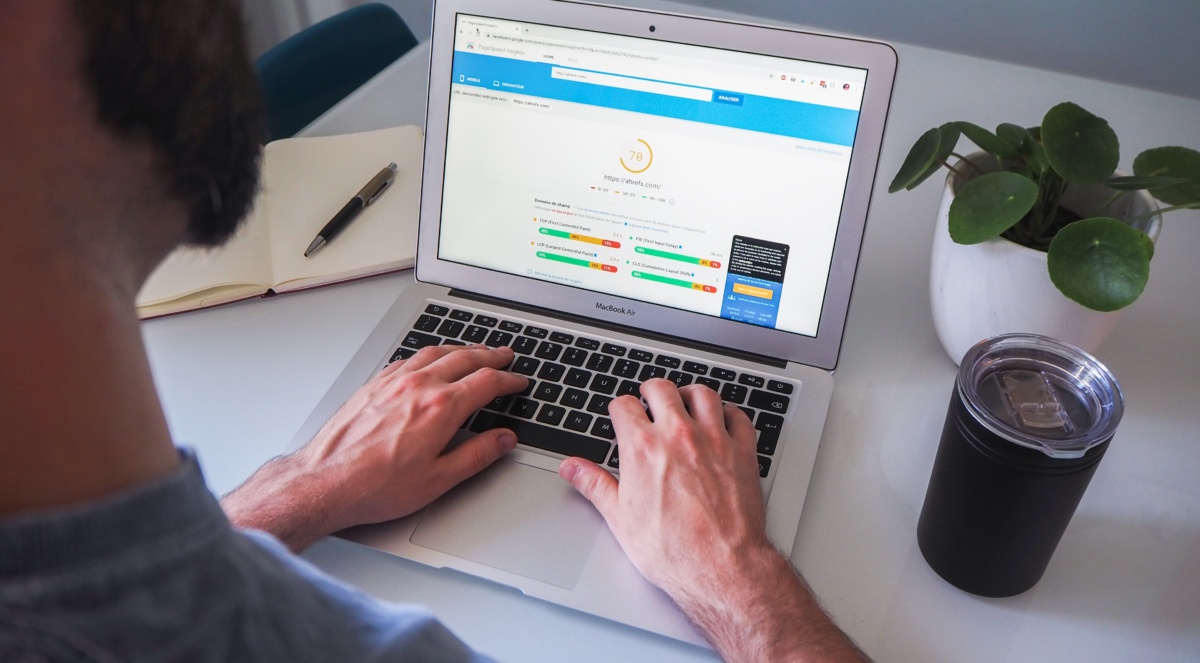Whatever line of business you are in, there will always be marketing challenges or obstacles that present themselves, which is why it pays to make sure that you don’t have all your eggs in one basket. You might be thinking, “Marketing is tough enough, why would I want to consider adding more channels to my plate?”…If this is you, then read on as we explain the what, why and how, and most importantly show you that multi-channel marketing isn’t as complicated as it might seem.
What do we mean by multi-channel marketing?
Most B2B marketing activities can be broadly split into 2 main categories – Direct marketing and Indirect marketing. Direct marketing covers activities such as cold calls, emails, online or print advertisements. Indirect marketing consists of activities or methodologies including blogs, word of mouth referrals, product or service reviews and search engine optimisation (SEO).
In today’s climate, especially with online and digital marketing being so important, it’s vital for any B2B organisation to be effectively utilizing both direct and indirect channels to effectively reach its target audience.
Multi-channel B2B marketing simply means creating a marketing mix between direct and indirect. Now, your first instinct might be a sense of overwhelm at the thought of adding more channels to your marketing mix, but the good news is it doesn’t need to be more work – it’s all about making your marketing assets work smarter, not harder. Want to know how to create an effective data-driven marketing campaign?
Why is a multi-channel approach important?
The goal of any marketing campaign or activity is to create and maintain brand awareness and generate leads and it’s no different with multi-channel marketing. It can be easy to assume that a multi-channel approach is really only beneficial for B2C brands or organisations, but anyone who thinks this is mistaken.
Whether B2C or B2B, potential buyers or purchasers are still human, and we all have our own preferences and habits. The idea behind multi-channel marketing is that you meet your potential customer where they are, at a time that suits them, on a channel that they spend time on or with. This approach allows you to reach your target audience at different times or places, but best of all it can feel more natural for your prospect and less intrusive or ‘salesy’.
It’s also important to note that since the pandemic began more people have been working from home, which often means they are using the same computer for both work and personal activities. If your organisation has predominantly used offline marketing campaigns, now more than ever, you need to be taking advantage of digital B2B marketing to ensure you are still reaching your audience. Although working from home has been tough for many reasons, for marketers it’s actually provided some great opportunities and you can use this to your advantage.
How to build a multi-channel strategy
Before you start, it’s worth breaking down all your channels (or even potential channels) into 3 groups.
Owned channels – this is your website, or blog, or any other channel that you own
Earned channels – this includes your social media accounts, any review sites you use or any third party platforms or relationships that you can leverage.
Paid channels – this covers activities such as advertising, pay-per-click (PPC) or influencer marketing
Once you have done that, out of all those channels across these three areas, assess which channels make sense for your campaign goal or objective. Multi-channel marketing doesn’t mean you have to use ALL channels, you still need to be strategic.
Next, think about your buyer’s journey and which channels suit each part of the funnel. If you use any kind of marketing automation, don’t forget to plan out how you can use this with your chosen channels, whether that’s creating email nurture campaigns, or using lead scoring based on which channel or source your prospect found you by.
The great thing about multi-channel marketing is that when leads start to filter into your funnel you can also use a remarketing strategy as part of your B2B marketing mix to re-target any leads that don’t convert initially.
If your business is new, or you’re expanding or moving in a new direction, talking to our marketing experts about our data and analytics experience is incredibly beneficial. Maybe you need to better understand how to make the most of the insights and data you already have in your CRM, or maybe you want support with identifying or creating customer profiles for your targeting – we can support you in building your multi-channel campaign.
Summary
If anything, we hope this blog has helped you to see that multi-channel marketing doesn’t have to be complex. You can re-use existing marketing content or any campaign-specific content across multiple channels to maximise the ROI of your B2B marketing assets and data, or if need be, start afresh with a highly targeted contacts list to rev up your sales pipeline.
Finally, a multi-channel approach allows you to test what works for your business, so don’t be afraid to try something new, or explore a new channel. If you’d benefit from any advice about planning your B2B multi-channel strategy then don’t hesitate to drop us a line.
